
Written by Tim Dart / Project Manager, Farm Carbon Toolkit
This article reviews the mechanisms and inputs to ruminant diets which are known to impact greenhouse gas (GHG) emissions. It explores how these can be used by ruminant livestock farmers, alongside their limitations and the need for more research into more systems-based approaches to reduce methane emissions from ruminants.
Background
Methane (CH4) is an important greenhouse gas in livestock-based agriculture as it is particularly potent. Over a 20-year period, methane is approximately 80 times more powerful at heating the earth than carbon dioxide (CO2), though it dissipates much more quickly (7-12 years) compared to CO2. Because methane is such a potent greenhouse gas, anything that can be done to reduce those emissions cost-effectively and without negative impacts on animal health, welfare and productivity is beneficial.
Ruminant animals have diverse microbial populations in their stomachs and these form a natural ecosystem in their own right. Anaerobic fermentation is a key process in the digestion of natural forage-based diets. Methane is released by anaerobic microbial activity through a process called methanogenesis and is consequentially released into the atmosphere as a by-product of digestion. Methane production also results in a loss of gross ingested energy and reduces animal growth and development, so minimising methane production can in theory lead to an increase in animal growth and productivity.
All ruminants (cattle, but also sheep and goats) together, contribute 30% of global methane released into the earth’s atmosphere. While this briefing focuses on methane inhibitors in ruminant diets, there are also opportunities to reduce methane emissions post-digestion, such as through manure and slurry management, biodigesters and activity to increase dung beetle activity. This will be the focus of a forthcoming briefing. Strategies to reduce enteric methane production are a major focus of research, due to the significance of methane. Initiatives like the Global Methane Hub are leading work on increasing our understanding of the mechanisms for reducing methane production safely in ruminants. Feasible approaches include improved animal and feed management, such as diet formulation, which has shown potential for meaningful emissions reductions. This is an active area of interest for organisations such as the Farm Carbon Toolkit (FCT) alongside our work on strategies to reduce enteric methane production post leaving the digestive system.
The commercial backdrop
FCT is aware of the significant ongoing efforts to develop products aimed at reducing methane emissions. Much of this work has focused on supplements that can be added to the animal’s diets, as these offer clear commercial opportunities for manufacturers. However, generating robust scientific data to support solutions based on practice changes, rather than commercially sold products, has been more challenging. As a result, these approaches and beneficial practices are underrepresented in discussions about methane reduction, due to the current lack of robust evidence demonstrating their effectiveness.
Adding supplements to ruminant diets becomes difficult to achieve when those animals are consuming a forage-based diet, grazing in the wider environment and consuming a variable and diverse range of plant species. In these situations, research into the makeup of these forages which can reduce emissions is taking place, but with no patentable product to promote, the investment in research and development is understandably less intense. As such, FCT as a farmer-led community interest company, may have a legitimate role in seeking to facilitate and advance the science in this area of research and development.
Feed supplements are now becoming commercially available in the UK. The most common supplement currently is 3-NOP (Bovaer®) which has drawn the attention of the media in recent weeks. There are thought to be other products in advanced development that are now close to market. There are other strategies and approaches where scientific data has established methane inhibitory activity which we discuss below.
Current understanding of Methane Inhibitors and their mode of action
Bovaer®
Bovaer is a synthetically manufactured enzyme inhibitor with an active ingredient called 3-Nitrooxypropanol (hence 3-NOP Bovaer). It is scientifically referred to as a Methyl co-enzyme or M reductase Inhibitor, meaning it blocks the activity of a combination of enzymes that breaks down organic compounds (under anaerobic conditions found in the rumen) and therefore prevents the final biochemical stage of methane release. It is called a reductase process (a reduction process) that would normally result in the breakdown of a glucose chain (a sugar) into CH4 (a methane compound). 3-NOP inhibits that activity.
The Food Standards Agency Website states:
Bovaer has undergone rigorous safety checks by the Food Standards Agency as part of its market authorisation process and is approved for use, and is considered safe for the consumers of milk and beef. It has been demonstrated to be safe for the animal, consumers, workers and the environment.
The dosage of Bovaer is recommended at 1 gram per 20 kg of feed (label recommendation). The manufacturer claims that a 45% reduction in methane emissions for dairy cows and 30% for beef cattle, is achievable, but only when the supplement is fed within a blended or total mixed ration.
Seaweed
Microalgae, commonly known as seaweed, are a large group of marine plants, made up of three relevant taxa: Rhodophyta (red), Chlorophyta (green) and Phaeophyceae (brown). Bromoform is found in the highest concentrations in red seaweed Aspargopsis, which is grown in subtropical regions around the world. Brormoform is also found in lower concentrations in the brown and green seaweed groups which are more ubiquitous and widespread in the world’s oceans. Feed additives derived from Asparagopsis have reduced methane emissions by 40+% and 90% respectively.
Bromoform (CHBR3) has proven to be highly effective at inhibiting methanogenesis along with other halogenated volatile organic compounds. These VOCs effectively bind to enzymes and reductases, reducing H2 and CO2 release and through archaeal organisms these produce CH4.
There are some studies and claims that Bromoform promotes increases in animal productivity, but other studies report modest reductions in milk yields (-6.5%) this appears to occur when reductions in animal intakes of feed are also observed. There has also been some evidence of abnormalities of the rumen walls of participating animals in such studies, with the loss of papillae and microscopic inflammation found in two studies, although the studies were not able to directly conclude that damage to the rumen was as a result of A.taxiformis supplementation. It is clear that there are discrepancies within the results of the various studies undertaken using Bromoform and that the energy in the H2 compounds resulting from the reductase reaction is not 100% possible to be re-diverted into volatile fatty acids and appears to require the expansion of H2 sinks within the rumen and is seen as an area of further developmental work.
There are numerous other bioactive compounds within the microalgae plants / seaweeds, and are known to produce other compounds that have anti-microbial function that could modify the rumen environment and reduce methane emissions in different ways. These include; phlorotannis, saponins, sulfonated glycans and other halocarbons and bacteriocins, these are the source of ongoing research and developmental work.
Condensed Tannins
Condensed Tannins (CT’s) are commonly found in high concentrations in various UK native flora, including Greater Birdsfoot Trefoil, Birdsfoot Trefoil and Sainfoin. These are all commonly found in herbal leys. CT’s are complex plant polymers of polyphenols found in legumes and other C3-type plants. CT’s are considered to reduce methane emissions through the following mechanisms:
- Reducing fibre fermentation
- Inhibiting the growth of methanogenic micro-organisms
- Acting directly against hydrogen-producing microbes.
CT’s are able to bind to proteins, polysaccharides and metal ions and inhibit fibre digestion of longer-chain starch, cellulose and hemi-cellulose. As such CT’s consequently reduce the formation of hydrogen and acetate and inhibits the growth of methanogenic microorganisms, thus reducing enteric CH4.
Excessive inclusion of biologically active Condensed Tannins within ruminant diets have been found to be detrimental if it exceeds 6% of the overall animal diet in terms of dry matter intake (DMI). Elevated levels have been found to impact negatively on animal performance in terms of growth rate or milk yield. Target inclusion of CT’s are recommended to between 2 and 4% where improvements in animal performance can be achieved. The scientific quantification of the impact of CT’s on Methane emissions is not clear, with the research inconsistent with the work that has been published to date, but it is not considered inconsequential.
From other parts of the world, studies (predominantly Australia) are being undertaken on management practices and cattle browsing legumes known to hold high levels of Tannins, Desmanthus or Leucaena species. Leuceana is a tropical and sub-tropical legume fodder crop and Desmanthus is a tropical legume. The inclusion of both crops in ruminant diets has been shown to improve live weight gains and reduce methane emissions in cattle.
Diversity and grazing diets
By embracing the diversity of grazing diets, there is potential to reduce ruminant emissions through a whole-systems approach. This involves increasing the overall dietary content of tannins coming from multiple grazed forage species, such as herbal leys, willow and other silvopastoral feeds. This can achieve a measurable and meaningful reduction in enteric methane production. However, achieving this requires investment and expansion of knowledge and empirical quantification.
Other options
Other options for exploring enteric methane production, including but not exhaustively:
- Genetic selection
- Vaccination
- Feeding of grape marc (which is high in Tannins)
- Adding nitrate or biochar to feed
Conclusion
This is a dynamic area of development and knowledge exploration on GHG emissions, with many complex interconnections to broader environmental concerns. It is important to recognise these links, which include, but are not limited to, animal welfare, animal longevity, as well as other sustainability factors such as biodiversity, water quality, air quality. These, along with other far-reaching sustainability goals, must be carefully balanced to inform the best possible decisions.
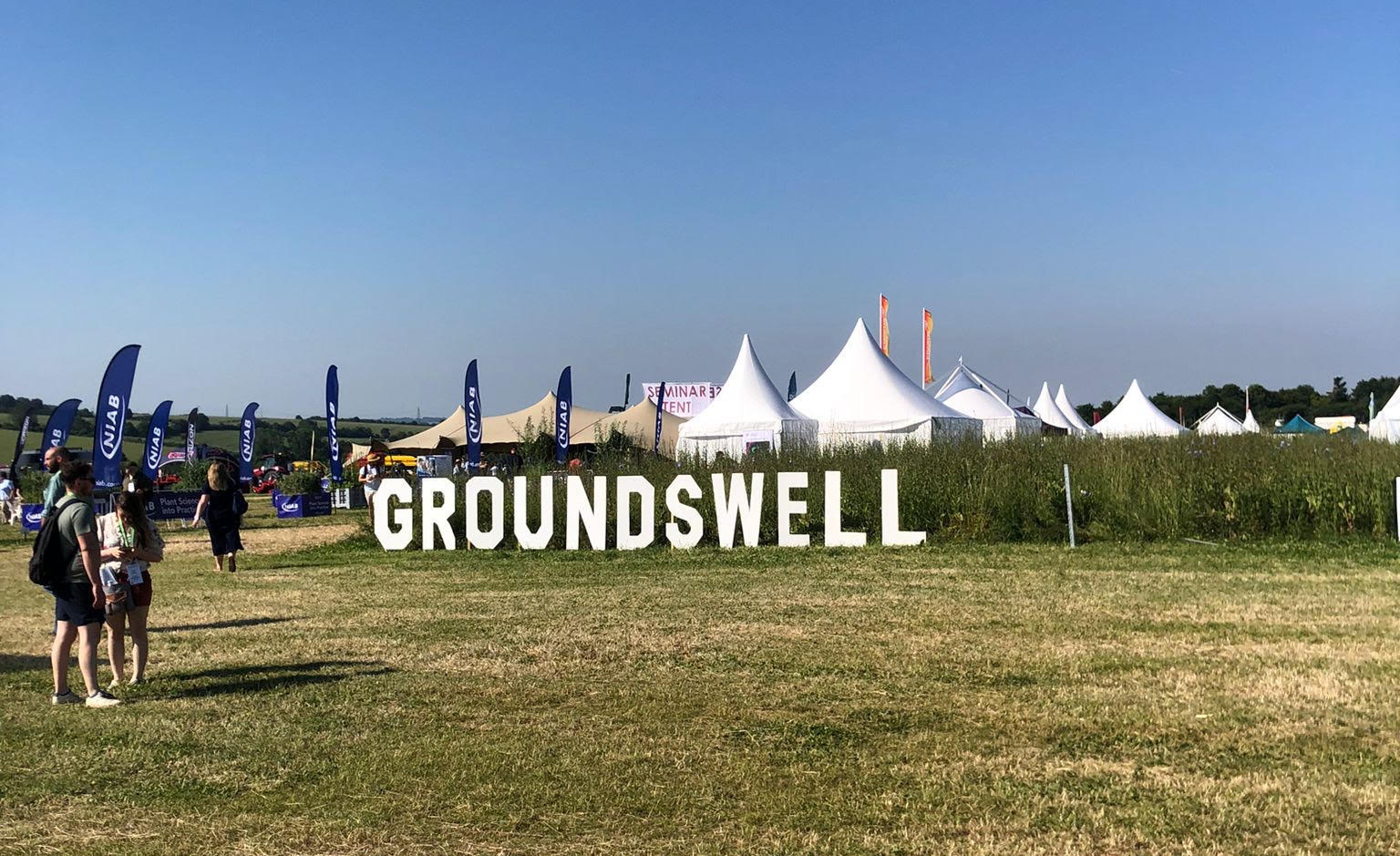


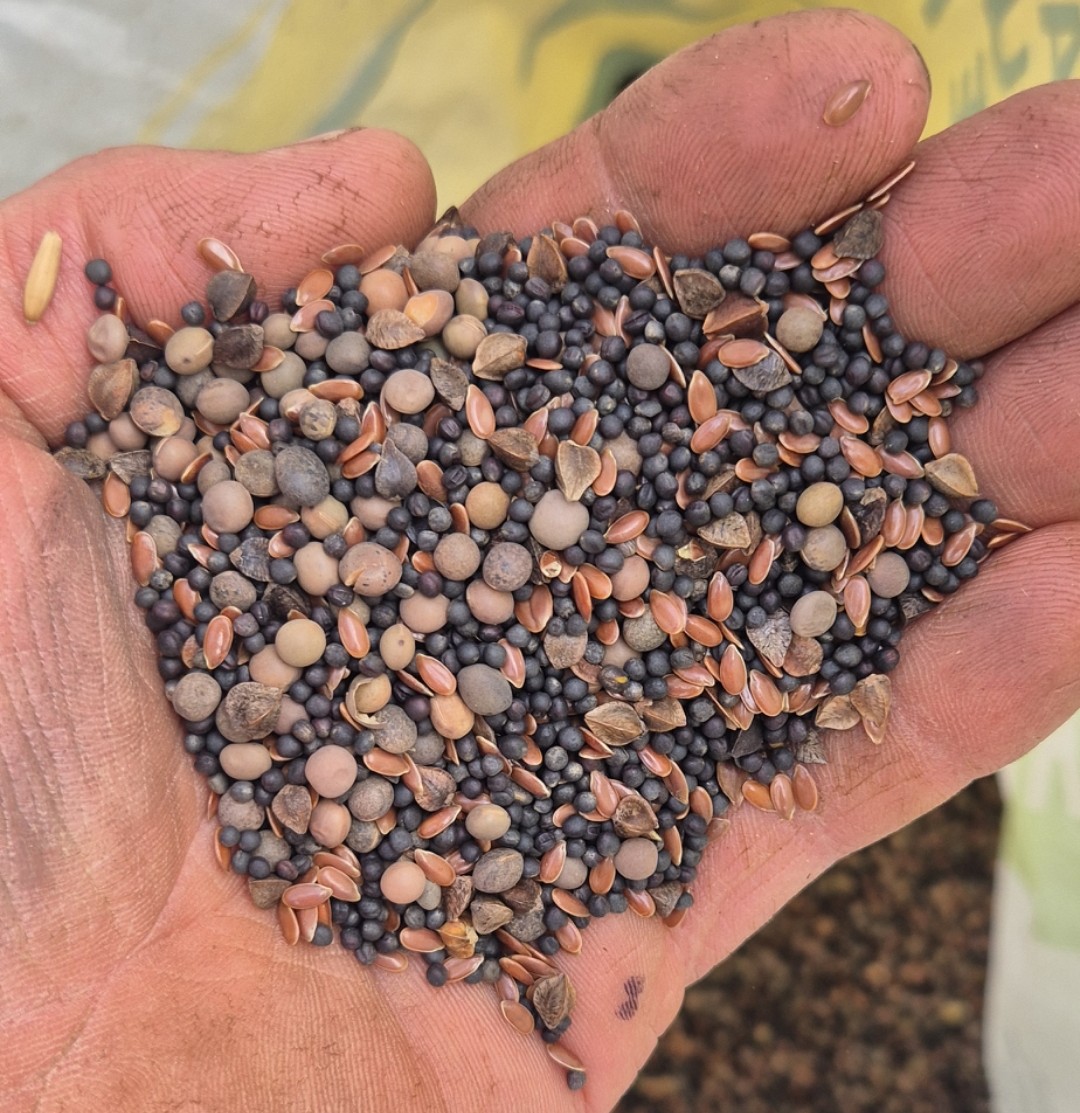
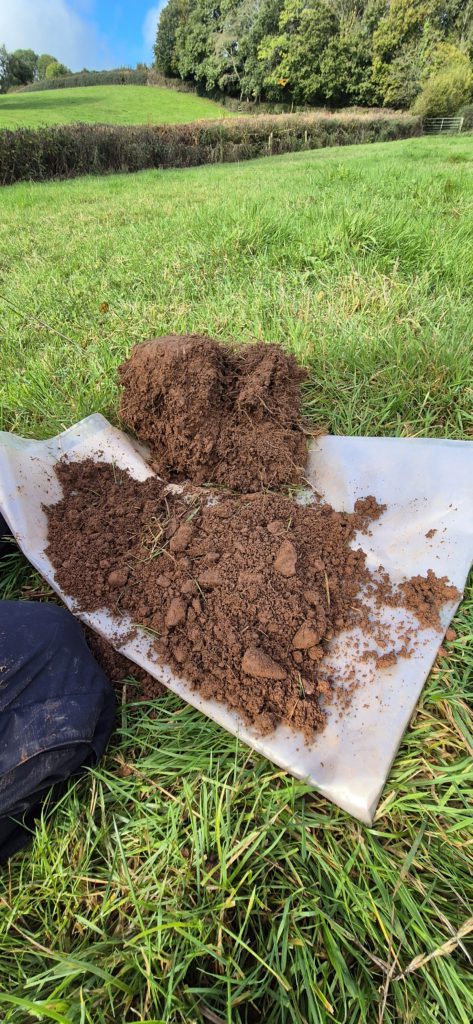

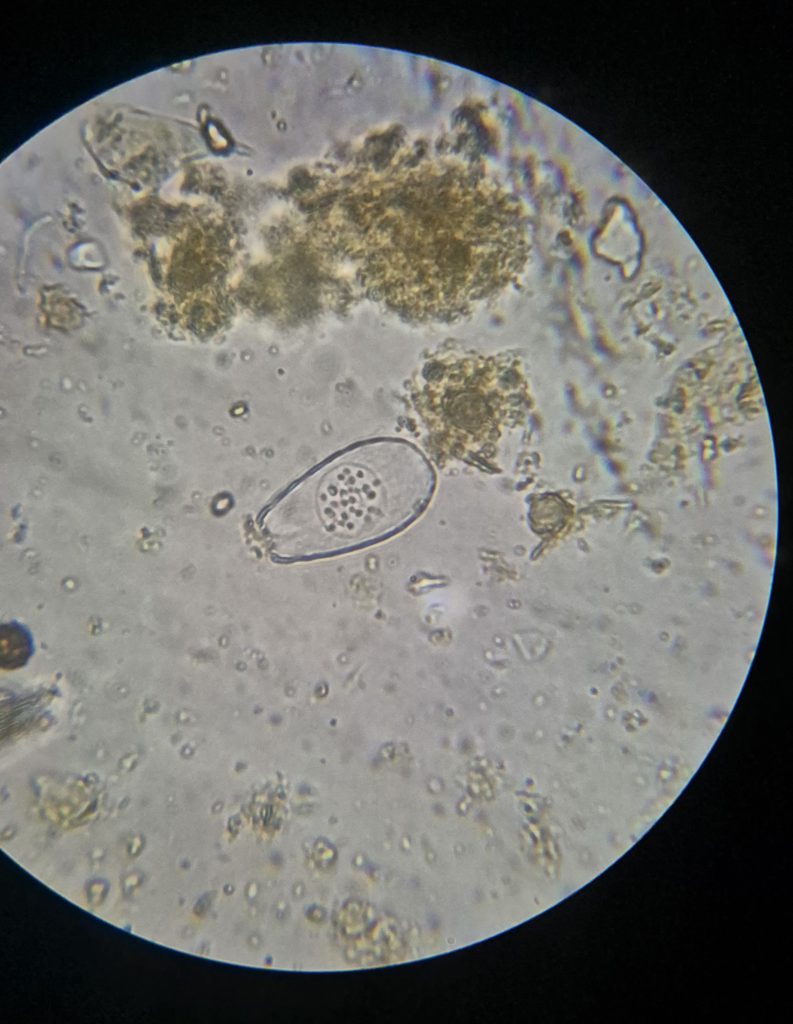

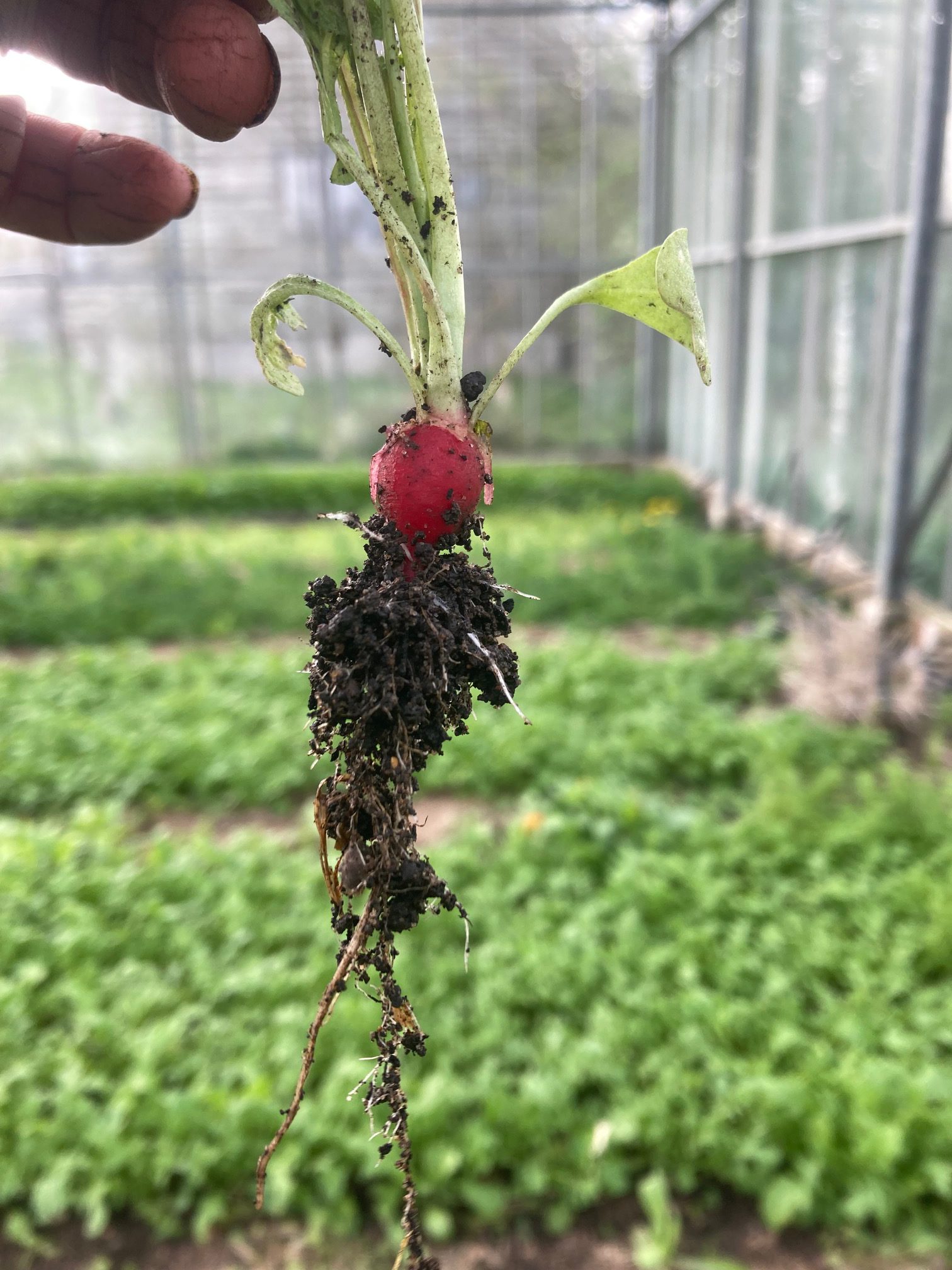
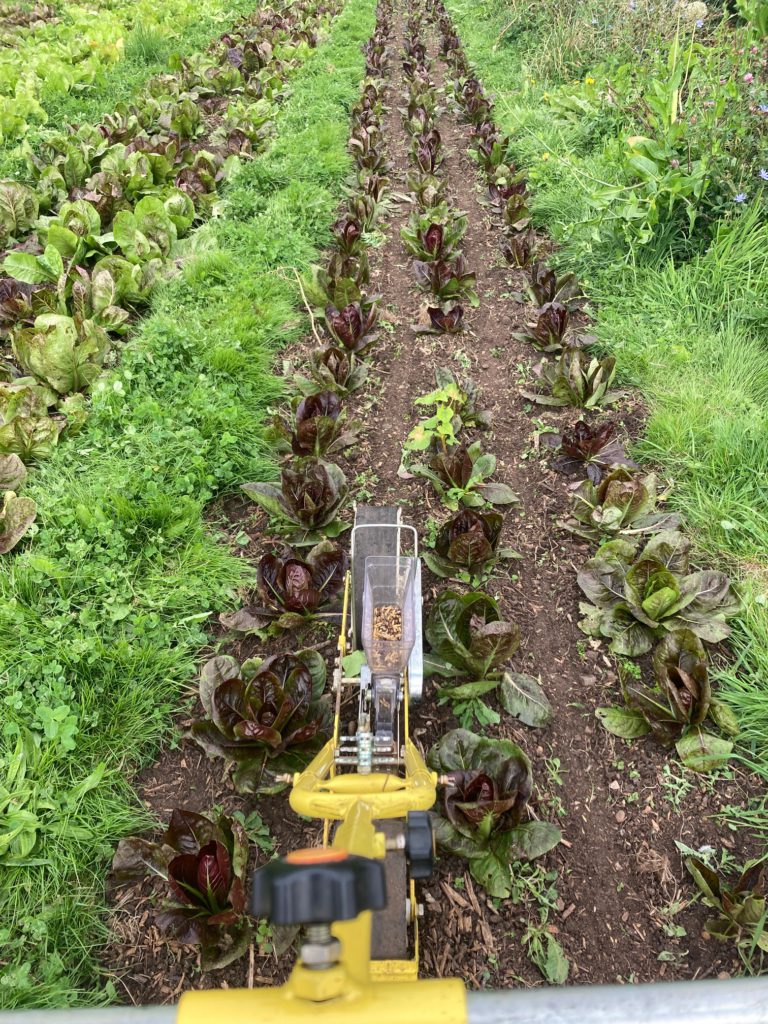

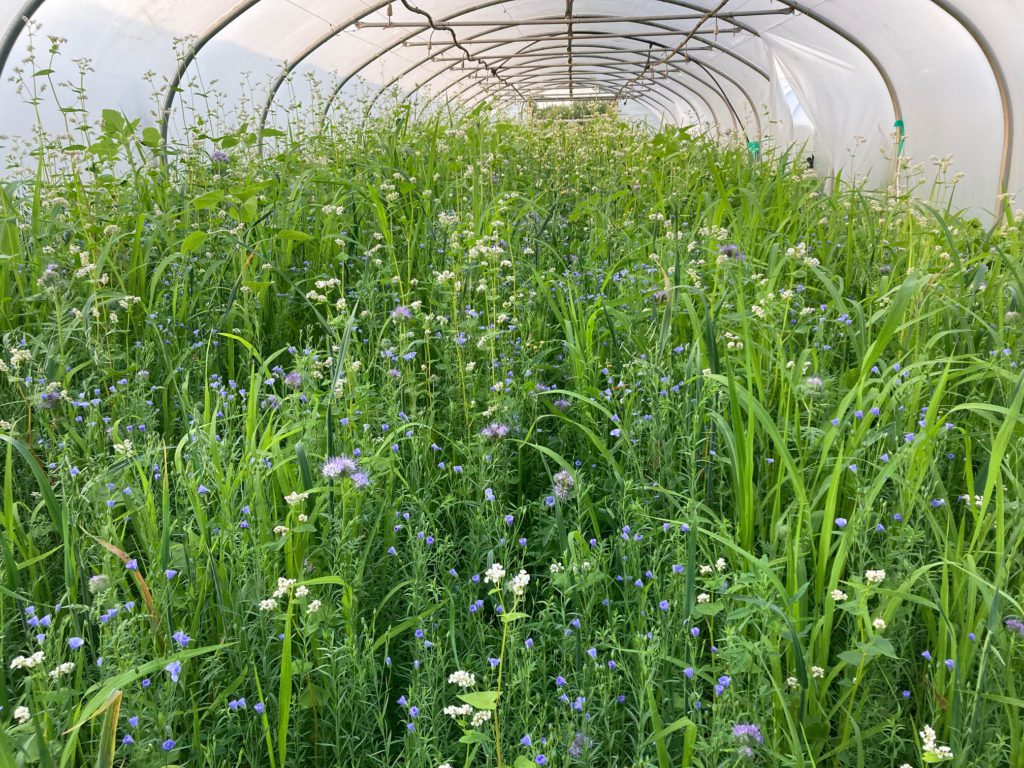

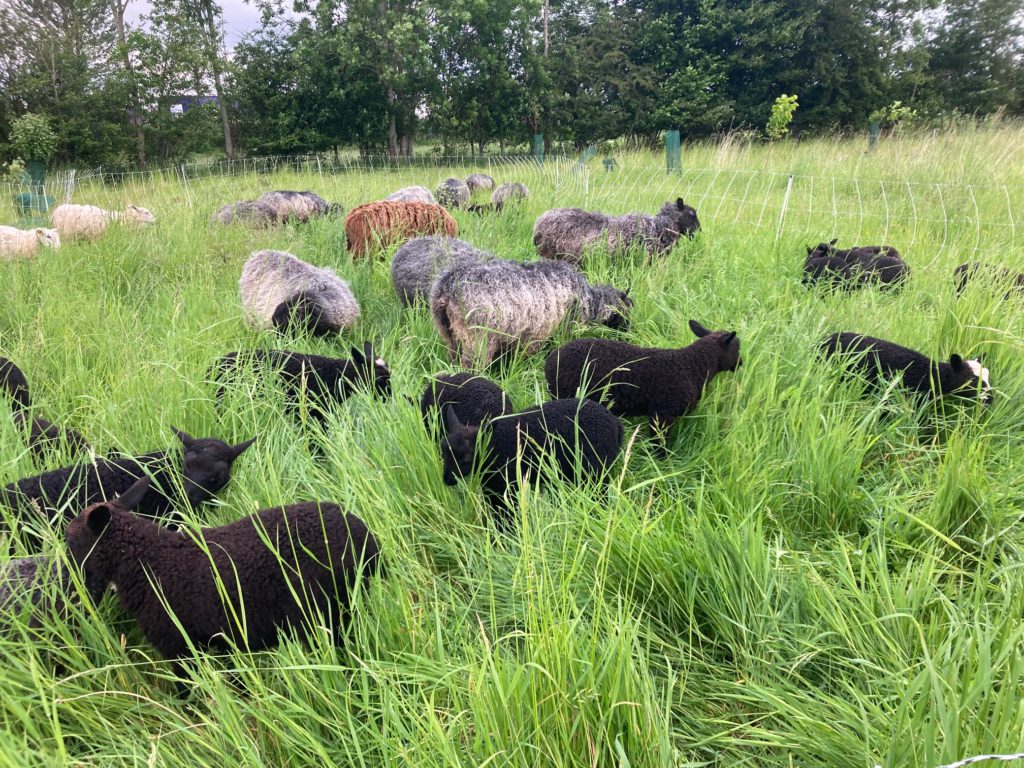
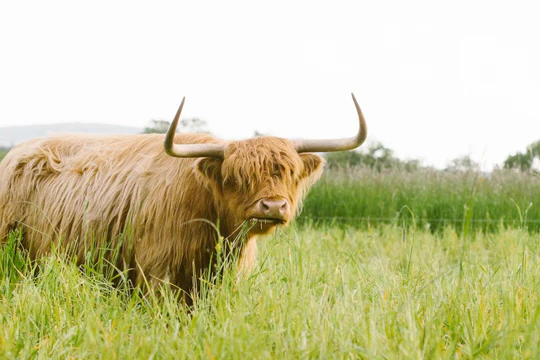



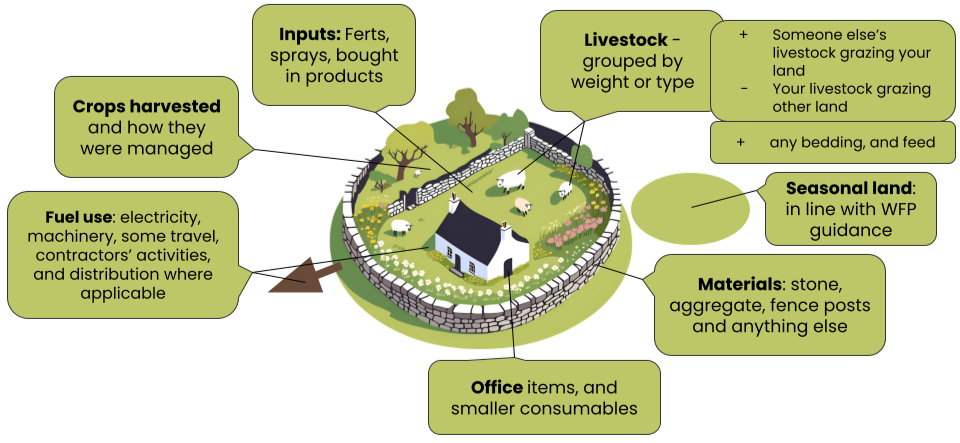

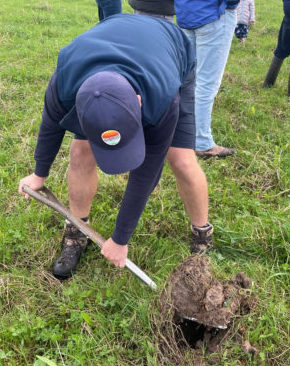
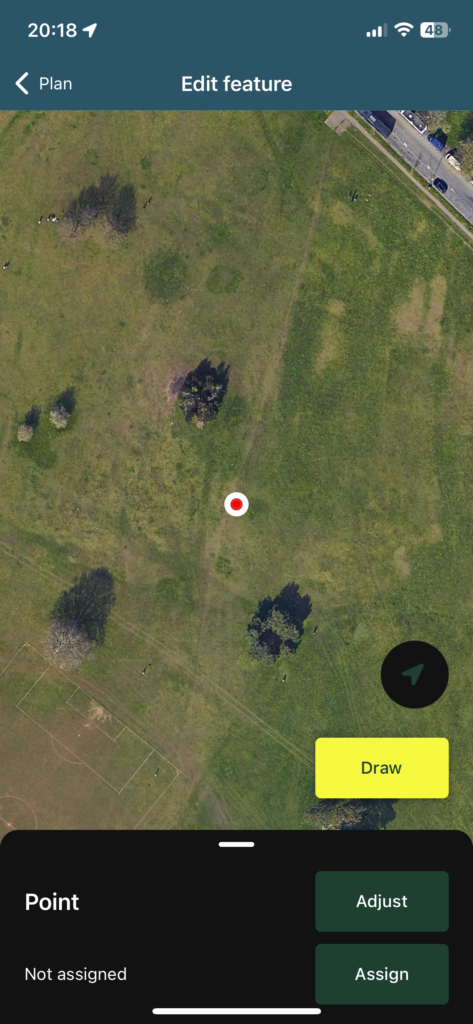


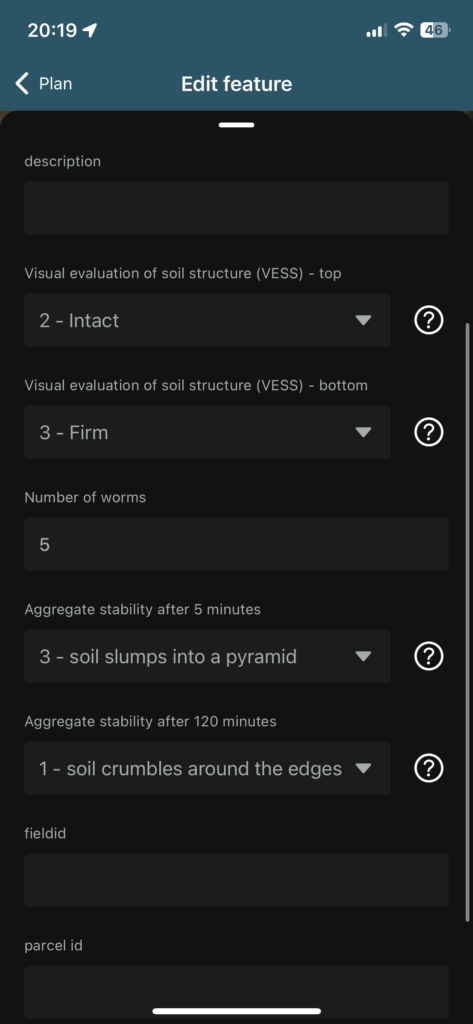
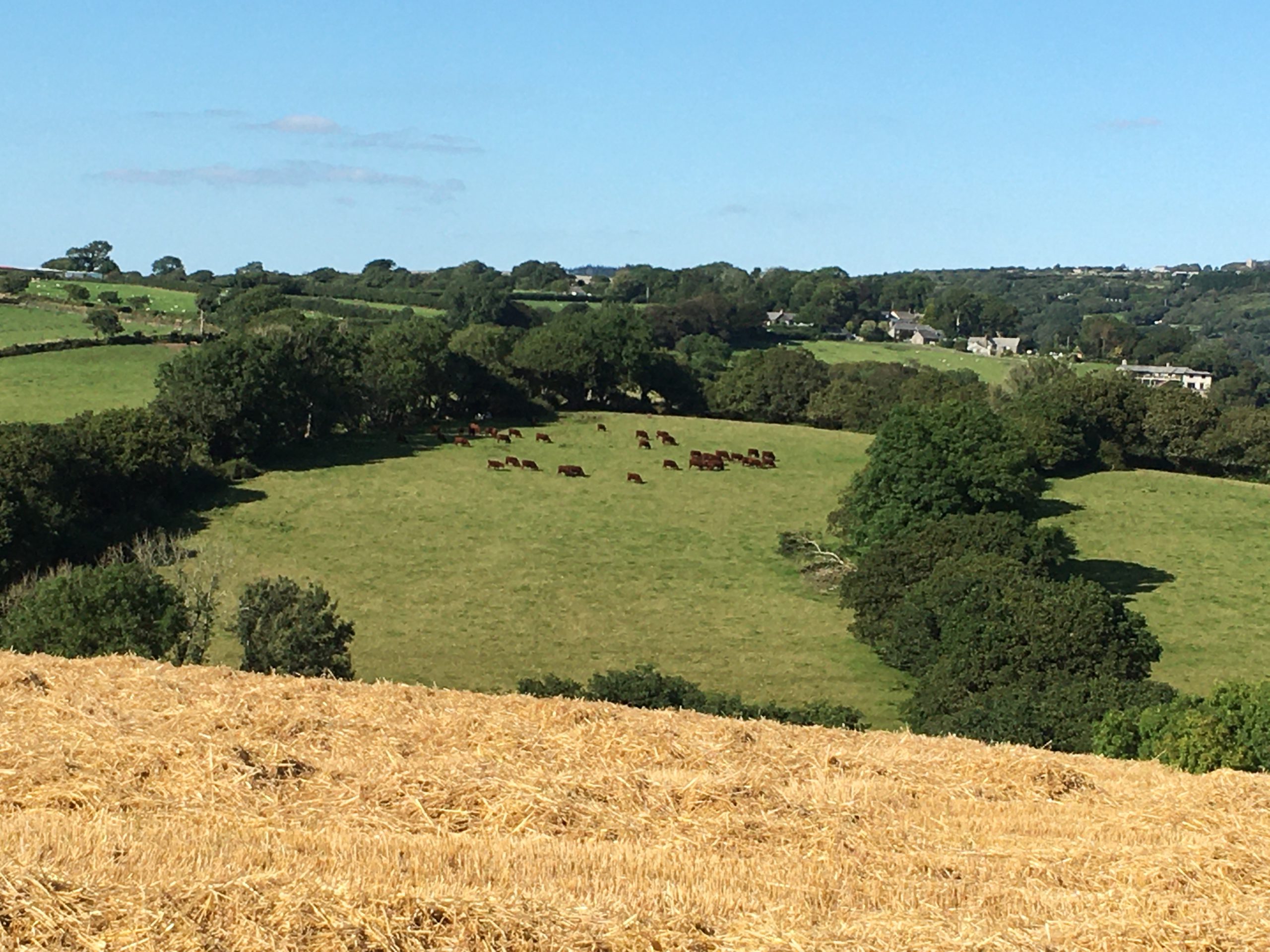
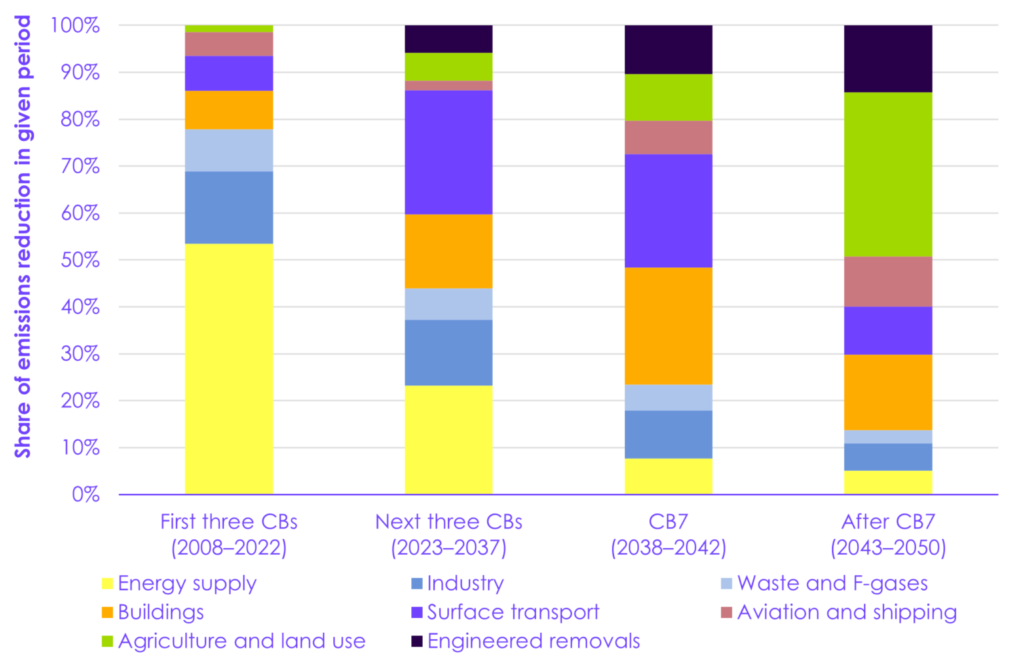
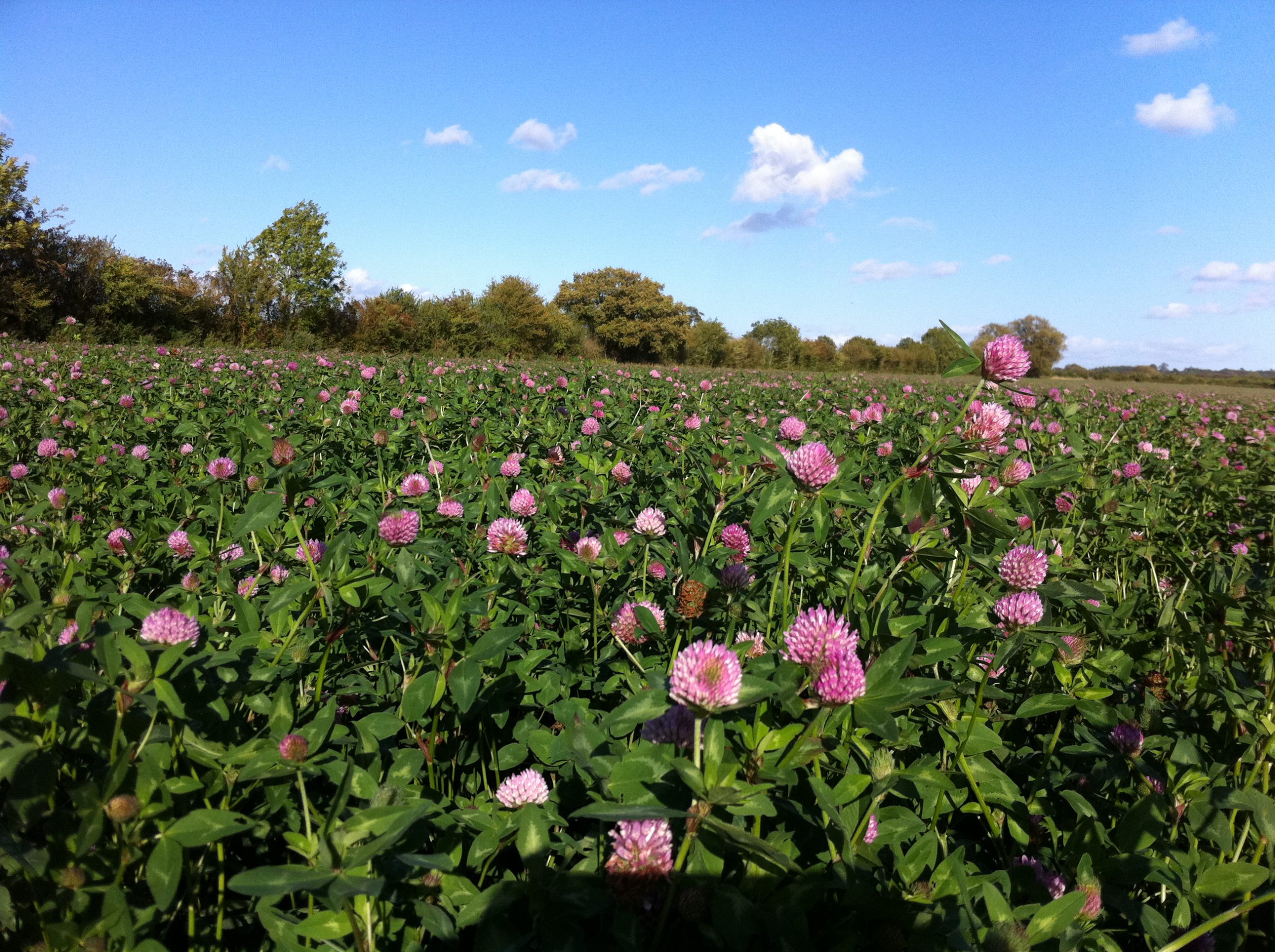

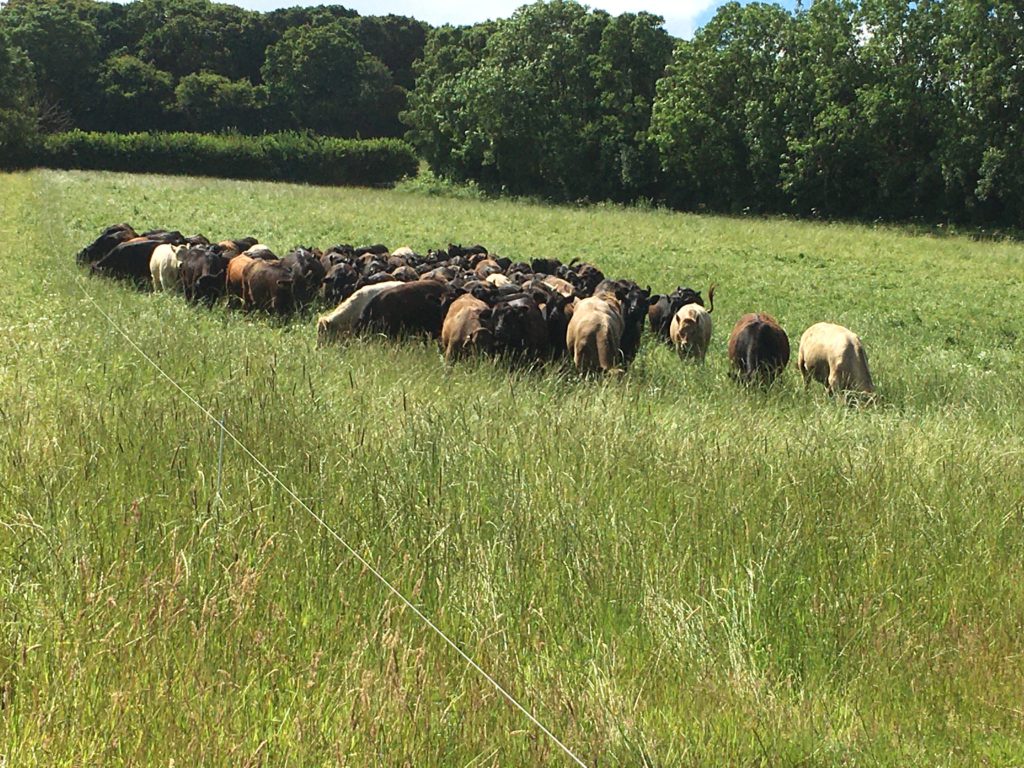
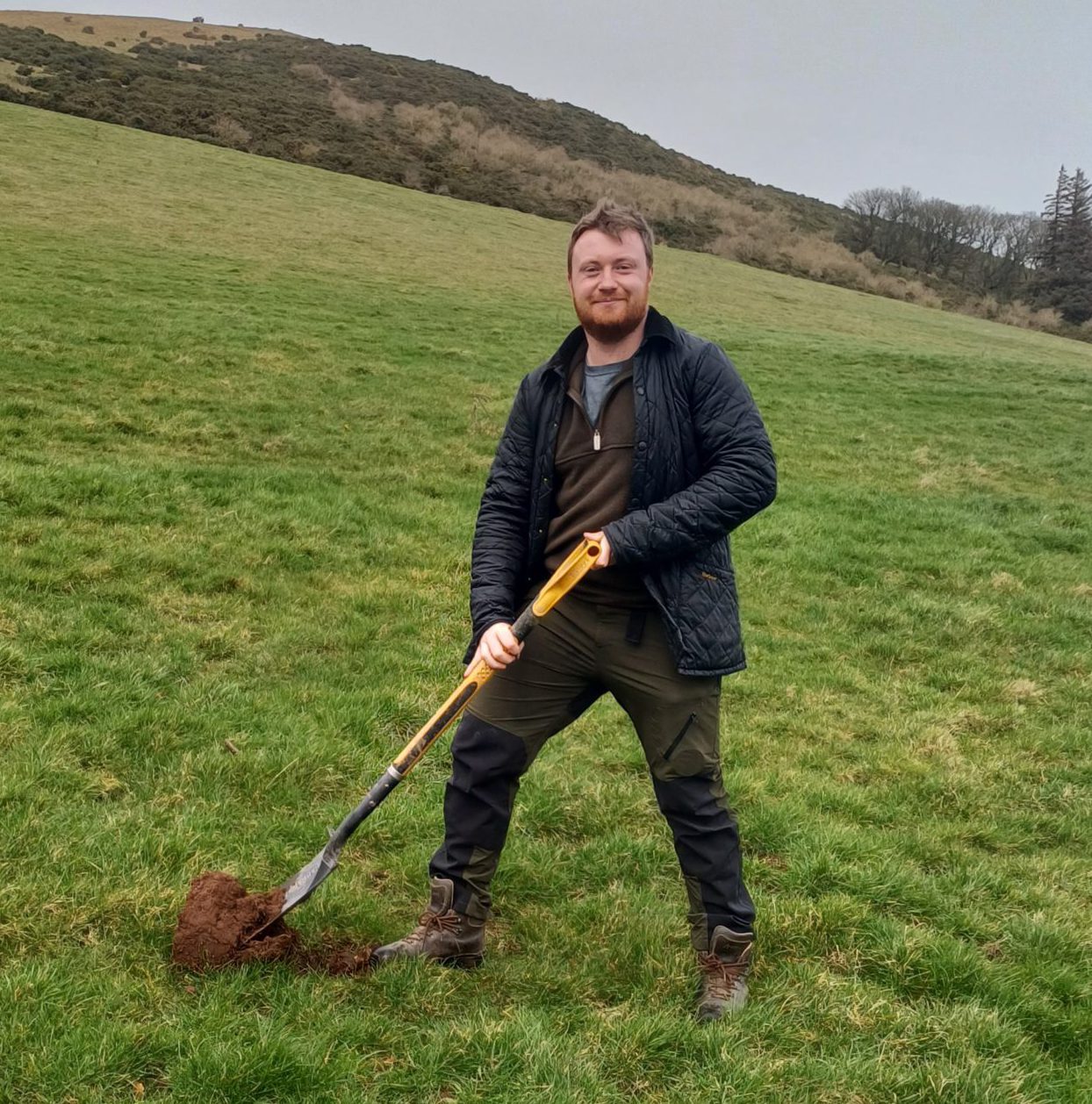
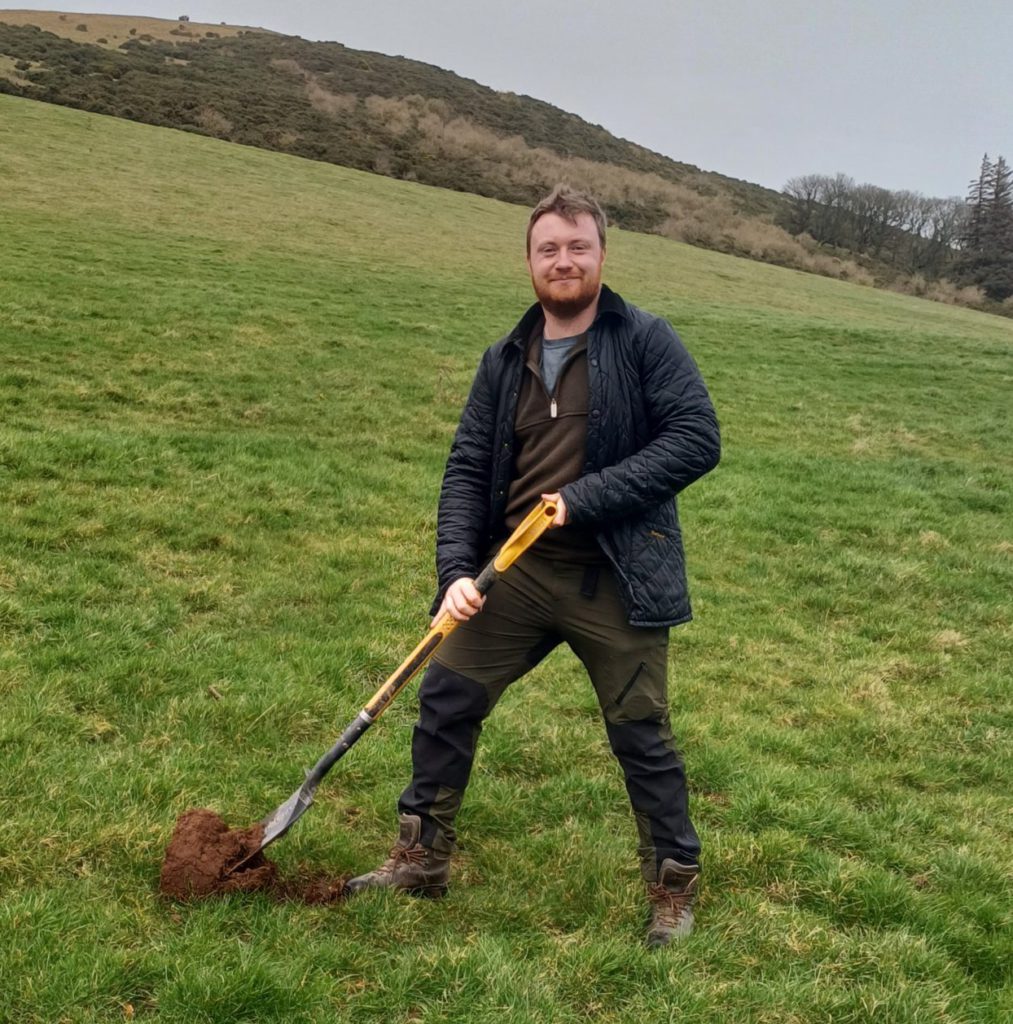

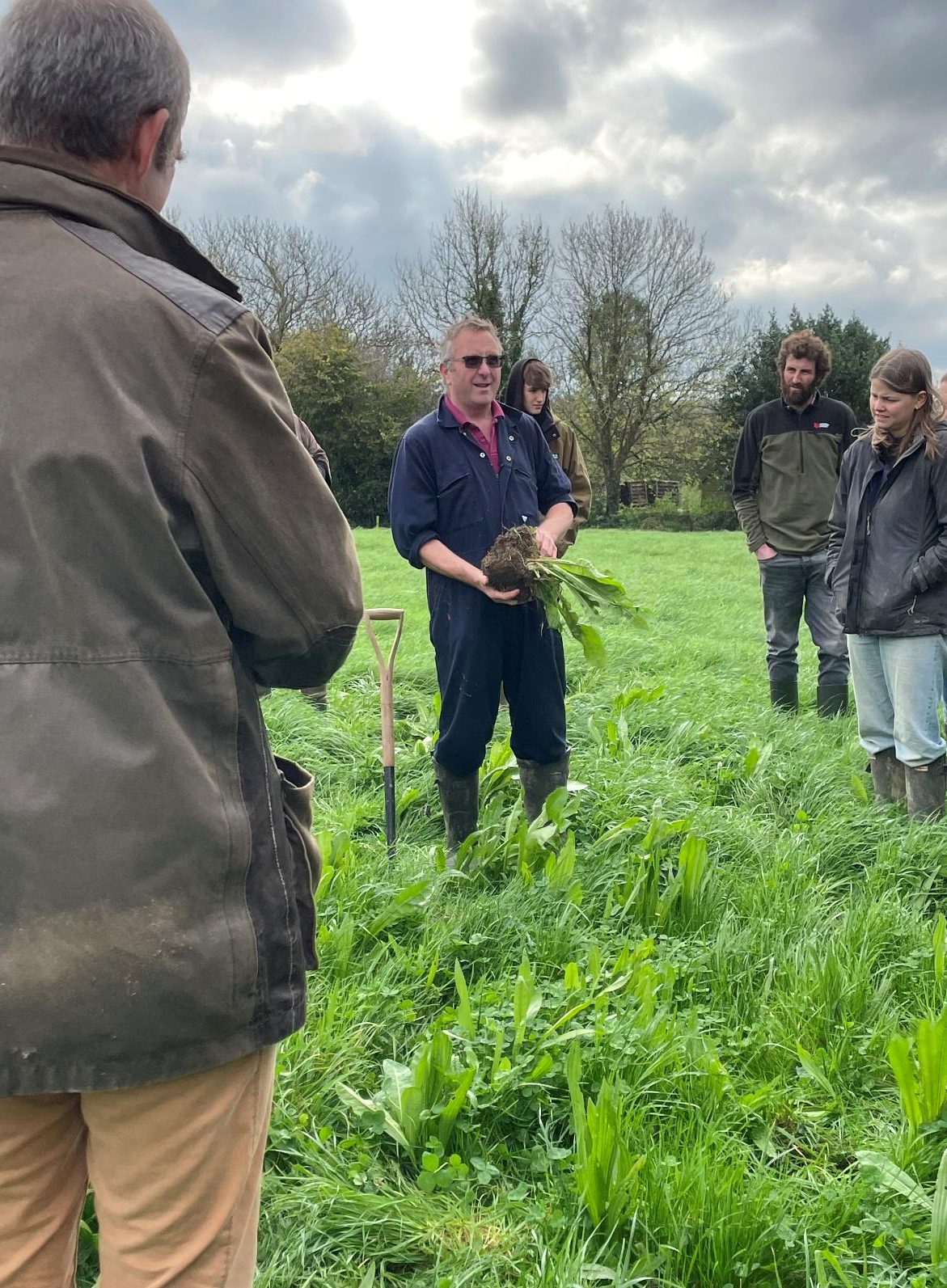
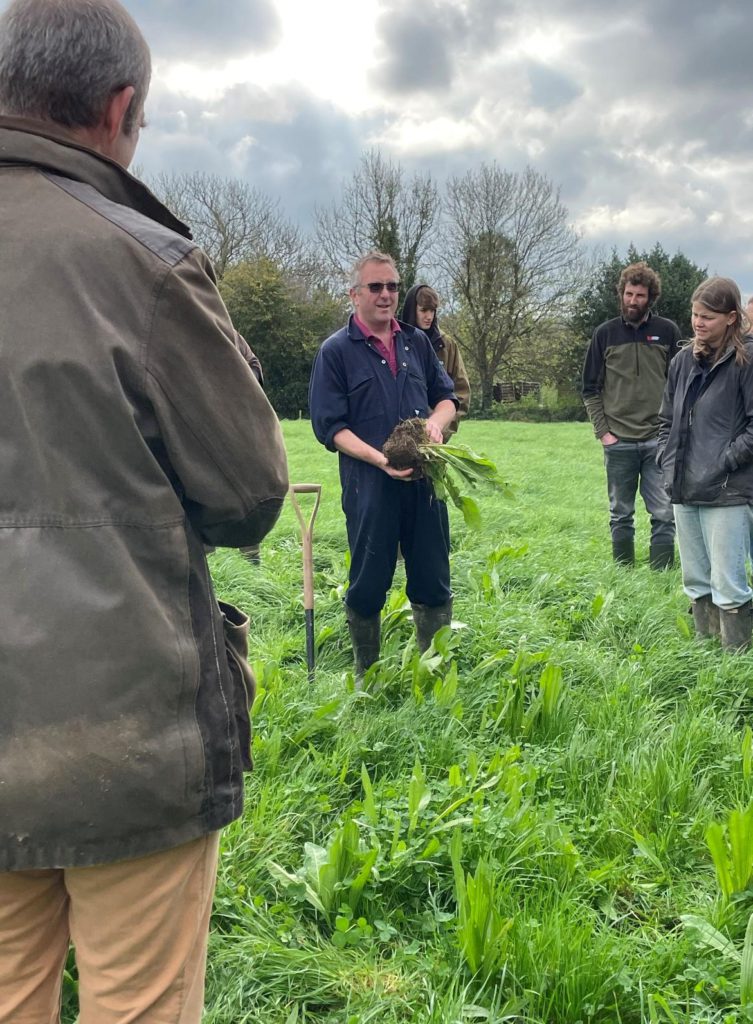

Recent Comments